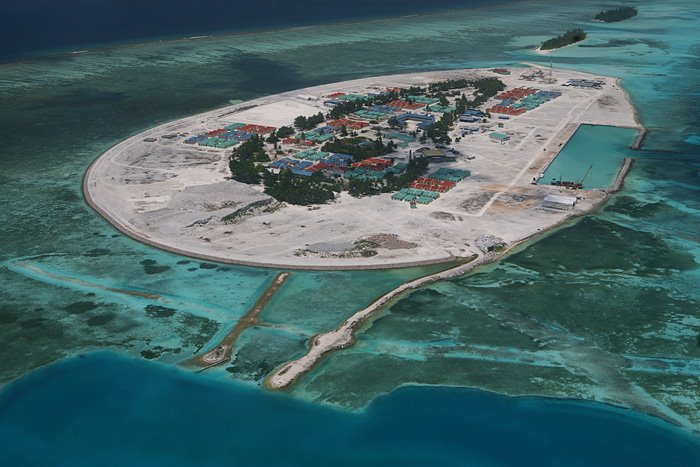Formulation of Guidelines for Climate Risk Resilient Coastal Protection in the Maldives

The small low lying atoll islands of the Maldives are highly vulnerable to flooding and coastal erosion. A large proportion of settlements, and the majority of the population, are situated within 100m of the shoreline. Changing climatic conditions cause severe threats to Maldivian communities that are exacerbated by an absence of systematic adaptation planning and practices. Through UNDP-Maldives funding to the Government of Maldives, we used a participatory approach to formulate guidelines for climate risk resilient coastal protection planning in the Maldives to better address climate change adaptation that included recommended amendments to regulatory tools (e.g. Land Use Planning and Environmental Impact Assessment (EIA), Environment Protection and Preservation Act (EPPA), National Building Code, Maldives National Building Act and Maldives Land Act). The guidelines aim to ensure that climate change risks are integrated into resilient island planning and that national, provincial, atoll and island authorities and communities are able to prioritize and implement climate change adaptation measures. As part of our work we assessed past and current development practices and coastal protection measures as well as the existing coastal development planning process, engineering designs, construction implementation and monitoring processes and practices for coastal constructions including land reclamation, harbour development, erosion prevention and other coastal protection measures.
